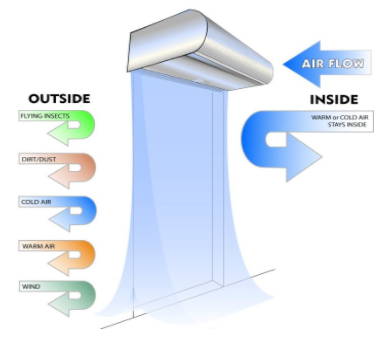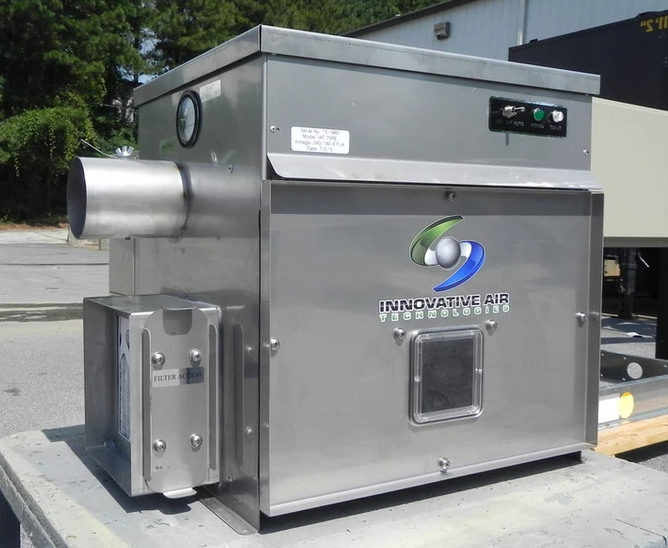Condensation and ice build-up are common problems in cold storage facilities. These problems are caused by too much moisture in the air. If not properly addressed, they may result in worker safety hazards, damaged products, and lower equipment efficiencies. In this week’s blog, I’ll go through the process that we have used to help our customers eliminate their cold storage moisture problems.
Three Step Process
Based on our experience with cold storage moisture problems, we have developed a three-step process:
- Analyze moisture load sources and amounts
- Identify ways to reduce the moisture loads
- Eliminate remaining moisture load
The result of this process is a comprehensive solution to address cold storage moisture problems. In the following paragraphs, I’ll expand on each step in the process.
Step 1: Analyze Moisture Loads
Whether our customers are asking for help with problems for a new or existing facility, we begin with an analysis of the moisture load. A moisture load analysis identifies the sources and amounts of moisture going into a cold storage facility. The four primary moisture load sources are:
- Penetrations
- People
- Products
- Infiltrations
Step 2: Source Specific Solutions
The second step in combating cold storage moisture problems is to recommend solutions to reduce the moisture load coming from each source. Below are some of the recommendations that we provide for each moisture load source:
Penetrations – When either man or lift truck doors are expected to be opened frequently and stay open for long periods, an air curtain is a great solution. It offers the dual solution of preventing moisture laden outside air from coming in and cold inside air from going out. The most effective air curtains have a plenum design that provides an even flow of air across the door opening.
Bi-parting swinging doors are also a good solution for high traffic man doors. The design minimizes the amount of area for air to pass through and will close automatically thus reducing the duration of exposure. When budgets are tight, a strip curtain can be a low-cost alternative.
People and Products – We don’t have any recommendations for specific equipment that will minimize moisture loads from people and products. However, cold storage areas should be well-organized with signs or diagrams indicating where different products are stored. The goal should be to minimize the amount of time people spend placing or retrieving products.
Infiltrations – New cold storage facilities should be designed with thermally insulated walls and ceilings with a vapor barrier on the outside. Existing facilities without a vapor barrier or one that has not been properly sealed should have a new thermally insulated vapor barrier installed.
Step 3: Eliminate Remaining Moisture Load
The final step is to determine the best solution to eliminate the remaining moisture load. The most effective way to eliminate the remaining moisture load in a cold storage facility is with a desiccant dehumidifier. The advantage of a desiccant dehumidifier is that it can achieve extremely low dew points that can’t be achieved with refrigerant style dehumidification. It is also the most cost-effective way to maintain relative humidity levels below 45% in refrigerated warehouses.
Conclusion
If you are having a problem with moisture in your cold storage facility, contact an Eldridge ventilation expert. We can develop a comprehensive solution to create a successful environment in your cold storage facility.
